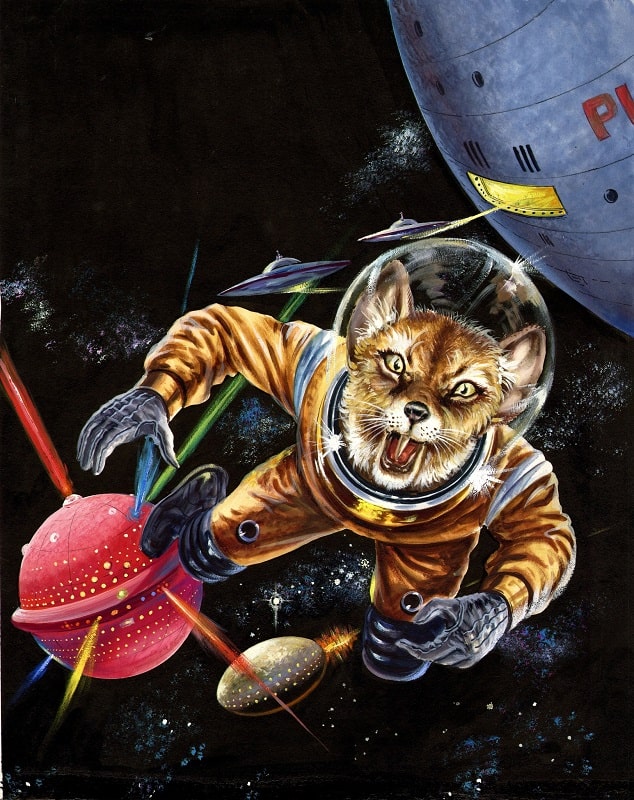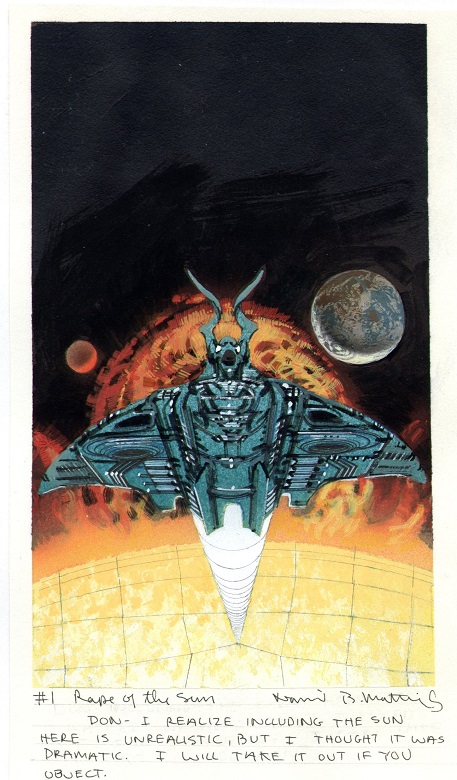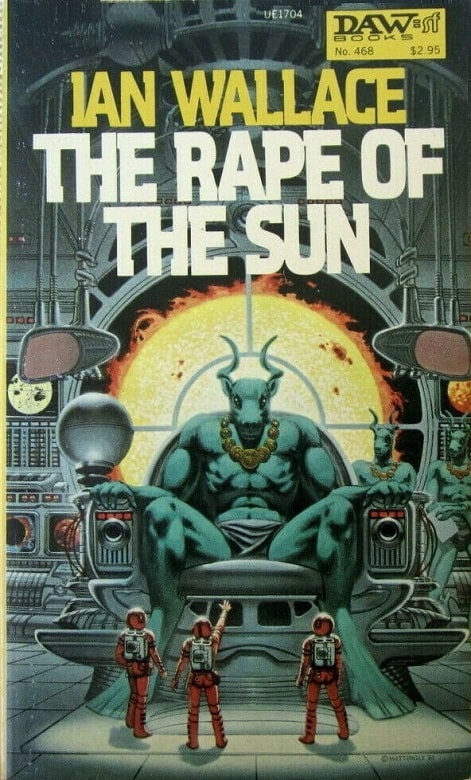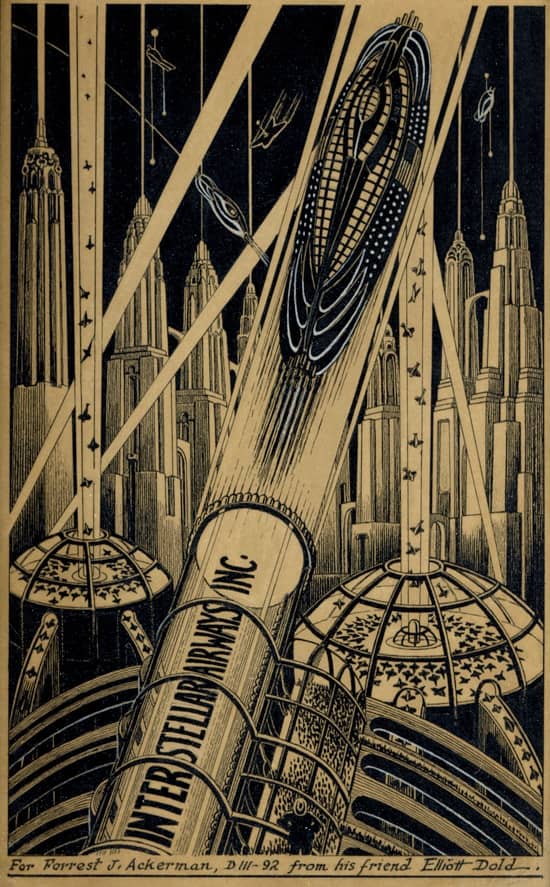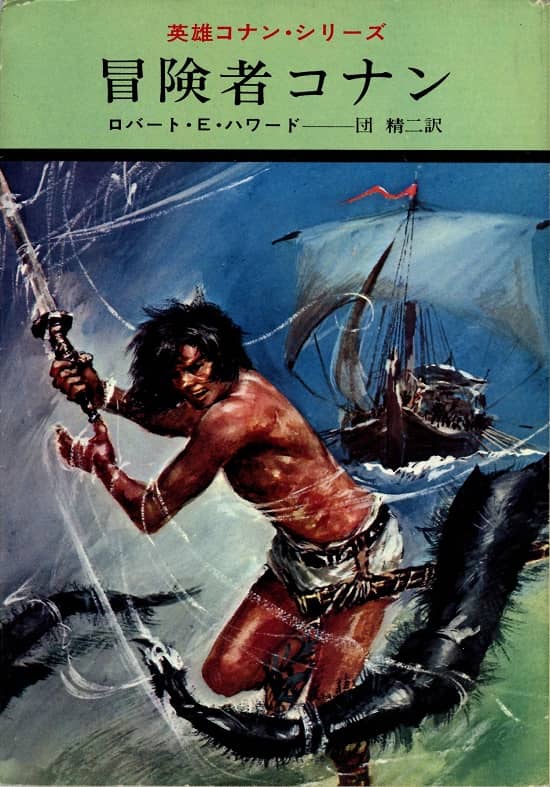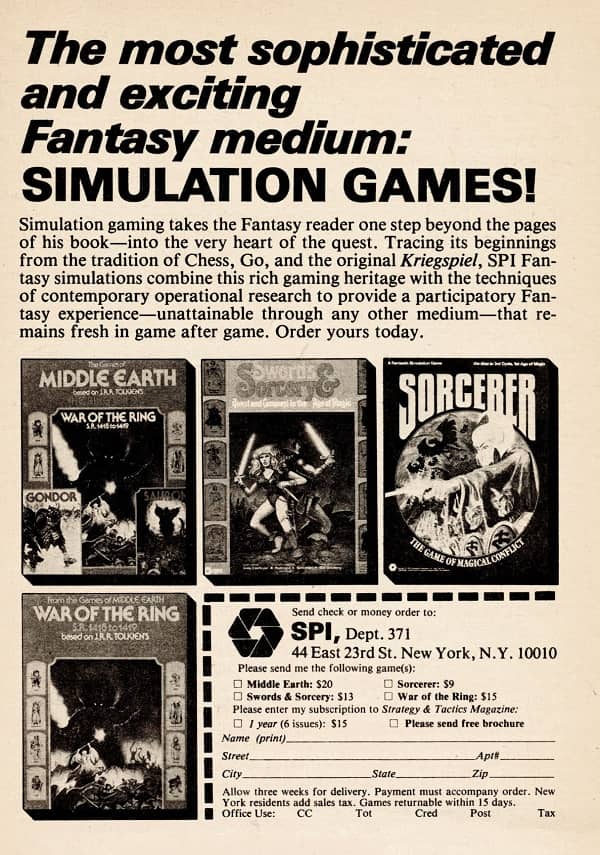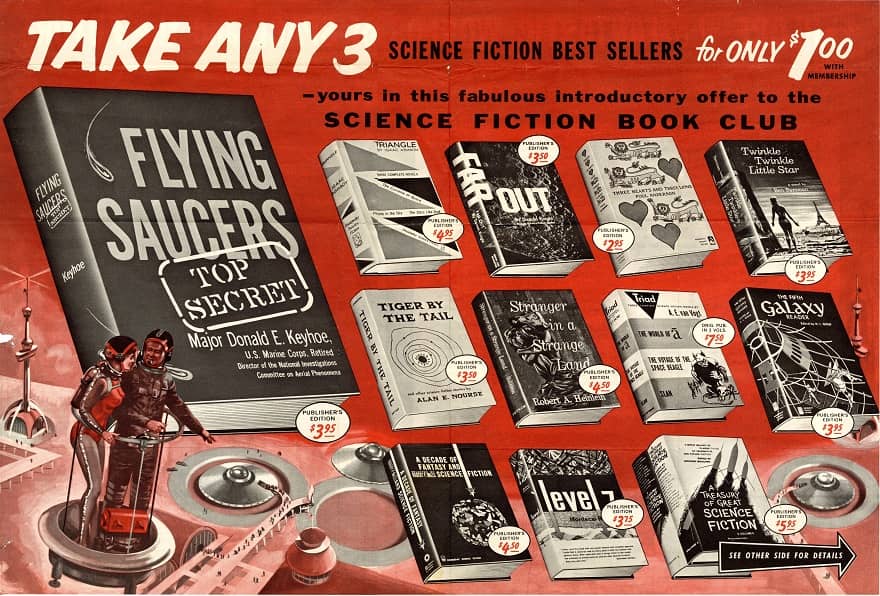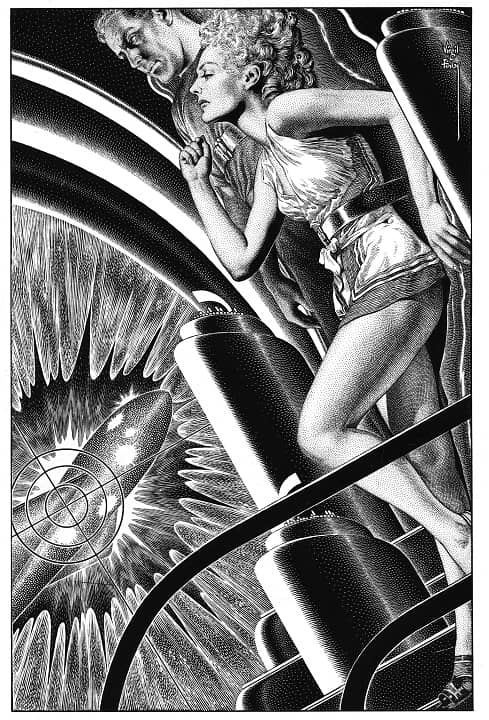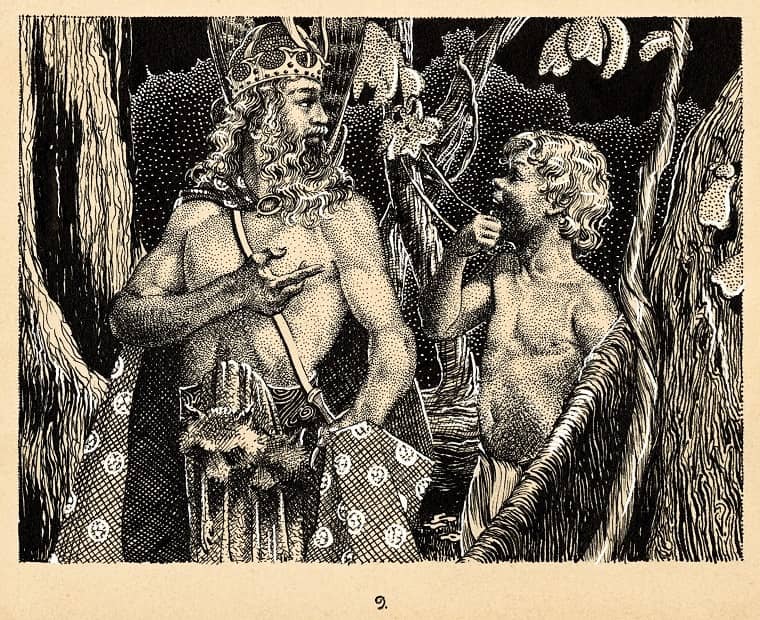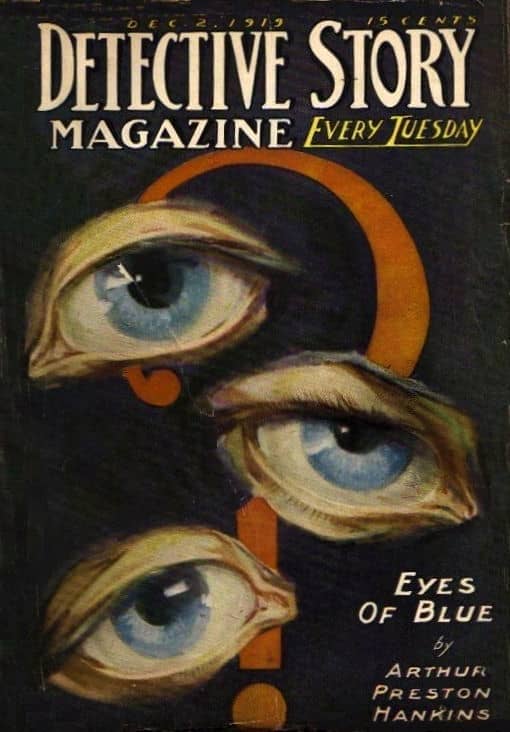Friends From an Alien Universe: Buying Perry Rhodan Art
Original art for Perry Rhodan #415 (August 15, 1969) by Johnny Bruck
As a teenager in the late 1970’s, my favorite science fiction series was Perry Rhodan. Although the U.S. editions ceased in 1979 after #137, in its native Germany the series continues to this day in various forms, with over 3200 installments in the main series and counting.
Some of the earliest SF art I ever collected, starting at the old Chicago Comicon in the late 1980’s, were U.S. Perry Rhodan covers by artists Gray Morrow and George Wilson. In Germany up to that time, the primary cover artist was Johnny Bruck (a few of which were reprinted on early printings of some of the U.S. editions). For decades I tried to find Bruck PR covers, but with no success.
About six months ago, an avid SF art collector in Switzerland, Markus Rohrwild, began to post loads of Bruck PR covers on the Comic Art Fans site. He was friends with Bruck’s widow and had acquired hundreds of paintings from her. I eventually reached out to him to see if any might be for sale, and I was extremely pleased when he agreed to sell some to me.
